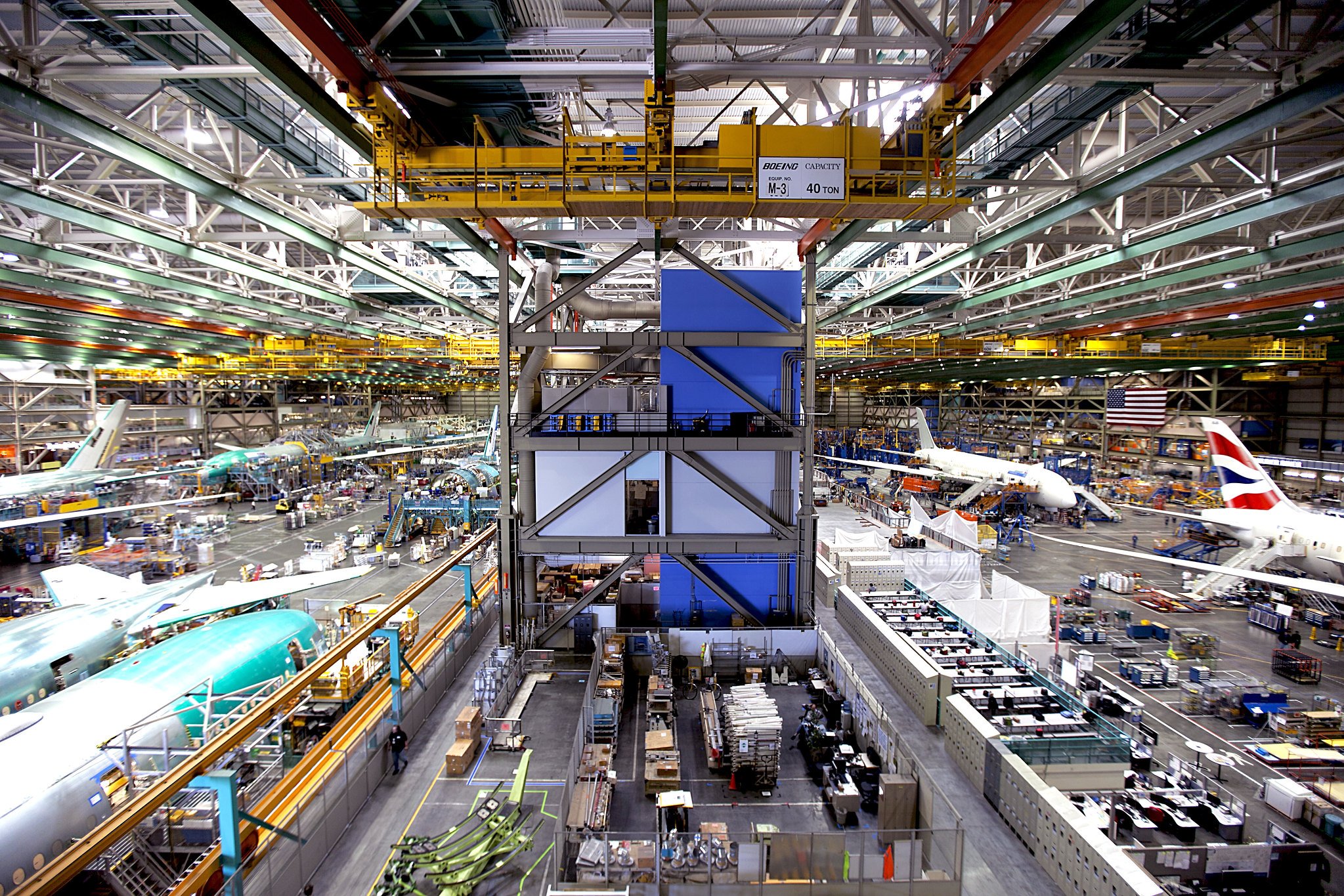Key Takeaways
- Edge computing is crucial for IoT advancements, significantly reducing latency and enhancing operational efficiency.
- IoT technology is set to revolutionize supply chain management with smart labels and digital twins by 2025.
- Cybersecurity remains a significant concern, with IoT devices becoming prime targets for cybercriminals, necessitating stronger security measures.
Edge Computing Drives IoT Growth
In 2025, the Internet of Things (IoT) is expected to achieve widespread adoption and innovation, primarily through edge computing, which enhances operational efficiency and sustainability across various industries. According to Markus Persson, Global Industry Director at IFS, edge computing serves as the backbone for overcoming challenges related to latency and bandwidth. By processing data closer to the source, it ensures real-time decision-making and greater reliability, particularly in sectors such as smart cities and manufacturing.
As telecom networks expand, they consume more energy, pushing companies to adopt AI and IoT to optimize energy usage, reducing both waste and carbon footprints. This approach is poised to gain prominence in 2025, revolutionizing how companies manage energy resources.
Transforming Supply Chain Management
The integration of IoT, AI, and digital twin technologies is set to redefine supply chain management. Sharath Muddaiah from G+D predicts that by 2025, digital twin technology will be essential for dynamic tracking and predictive analytics, facilitating better risk management. Additionally, smart labels will become increasingly common in industries like retail and shipping, driven by technological improvements and the need to combat non-delivery fraud for high-value goods.
Coping with Cybersecurity Risks
The rise in connected devices raises significant cybersecurity concerns, particularly as billions of IoT devices generate immense data. Mark Jow from Gigamon warns that IoT security remains a low priority among security leaders, with only 36% citing it as a top concern. As regulatory standards tighten, companies must enhance their visibility and threat mitigation strategies across their IoT networks to protect against escalating cyberattacks.
Smart Buildings and Workplaces
IoT is not only transforming industries but also optimizing commercial spaces. Colm Nee from Enlighted foresees a surge in the use of AI-enabled IoT sensors within office buildings. These sensors can continuously monitor room conditions and employee movement, allowing businesses to automate energy savings by adjusting settings based on real-time occupancy.
Advancements in Networking
The emergence of mesh networking is pivotal for connecting remote sensors within IoT ecosystems. Peter Morales from Code Metal emphasizes that advancements like Starlink and 5G will enable remote sensors to convey AI-processed insights more effectively, enhancing capabilities in environmental monitoring and disaster management.
Augmented and Virtual Reality Innovations
Caroline Monfrais from Wipro predicts that AR and VR will significantly enhance gaming, education, and remote work by creating immersive experiences. As these technologies advance, they will facilitate virtual collaboration and enrich learning environments, allowing students to engage with complex historical and scientific concepts interactively.
Kiran Desai, also from Wipro, adds that generative AI and brain-computer interfaces will redefine business landscapes, encouraging firms to embrace personalized and autonomous services.
Continued Importance of IoT
Despite challenges like cybersecurity vulnerabilities, IoT will remain central to digital transformation in 2025. With a rich array of innovations, including edge computing, smart sensors, digital twins, and advanced networking solutions, organizations are well-positioned to tackle emerging challenges and explore new opportunities. Increased foresight in adopting these technologies, along with a commitment to sustainability, will be essential for leveraging IoT’s full potential.
The content above is a summary. For more details, see the source article.















